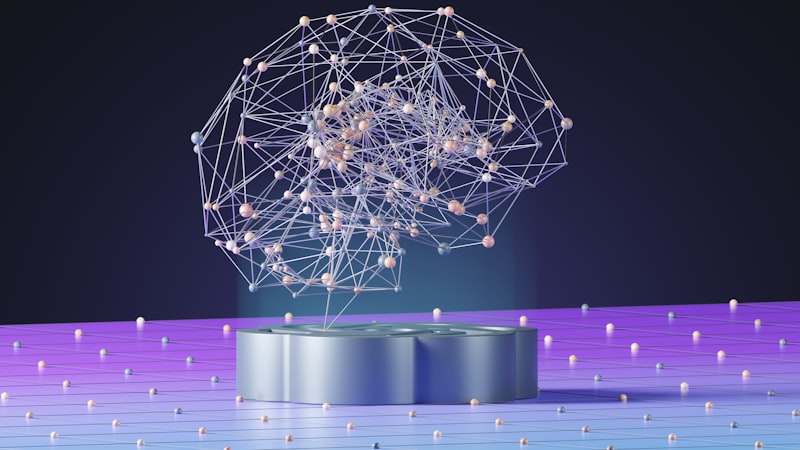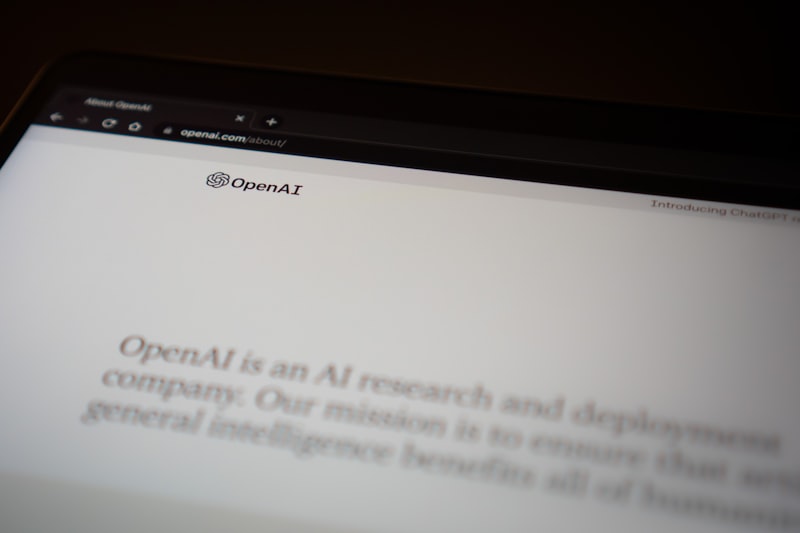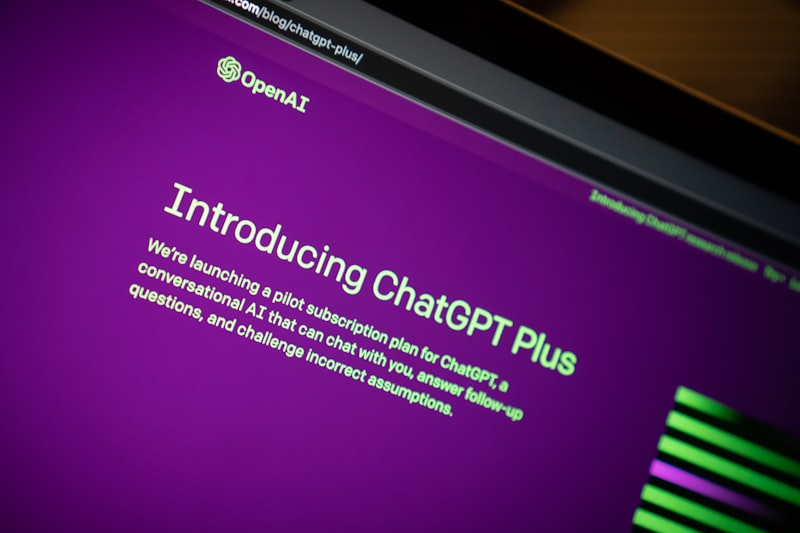Are you ready to venture into the fascinating realm of artificial intelligence? Imagine creating your own virtual assistant, a ChatGPT that understands and responds to your queries just the way you want. With the right approach, training your own ChatGPT can be an exhilarating and rewarding experience. Let’s dive in and explore how you can embark on this journey.
-
Define Your Objectives: Start by outlining your goals for the ChatGPT. Do you want it to assist with specific tasks, engage in casual conversation, or provide insightful information? Clarifying your purpose will help guide the training process and ensure desired outcomes.
-
Gather Training Data: To train your ChatGPT effectively, you need a diverse and substantial dataset. Compile a collection of relevant texts, conversations, and documents that cover a wide range of topics. Quality data is crucial for the model to learn and generate meaningful responses.
-
Preprocess Your Data: Before training, clean and preprocess your data to enhance its quality. Remove any irrelevant or duplicate content, correct spelling and grammar errors, and ensure consistency throughout. This step prepares your dataset for optimal training results.
-
Choose a Training Framework: Select a suitable training framework for your ChatGPT. Popular choices include OpenAI’s GPT, which offers pre-trained models that you can fine-tune according to your needs. The framework provides detailed documentation and resources to guide you through the training process.
-
Train and Iterate: Once you have your dataset and chosen framework, start training your ChatGPT. It’s essential to iterate on the training process, experimenting with different hyperparameters and tweaking the model to improve its performance. Be patient, as training an AI model can take time and computational resources.
-
Evaluate and Refine: Continuously evaluate the output of your ChatGPT during the training process. Assess its responses for relevance, coherence, and adherence to your defined objectives. Make adjustments as necessary, refining the model to enhance its conversational capabilities.
-
Deploy and Interact: Once you’re satisfied with your ChatGPT’s performance, it’s time to deploy it and interact with your creation. Integrate it into your preferred platform or interface, allowing users to engage in dynamic and meaningful conversations.
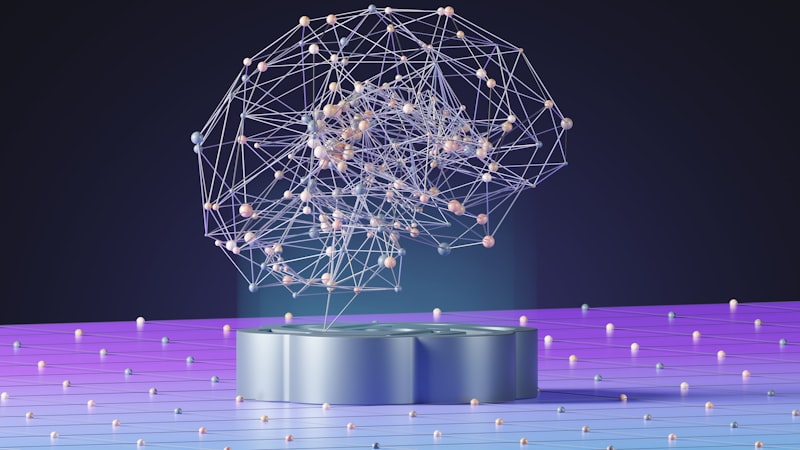
Unleash the potential of your own ChatGPT by following these steps. Remember, training an AI model requires dedication and experimentation. As you delve deeper into the process, you’ll witness your ChatGPT evolve into a powerful conversational partner, ready to astonish and captivate those who interact with it.
Unlocking the Power of AI: A Step-by-Step Guide to Training Your Own ChatGPT
Contents
- 1 Unlocking the Power of AI: A Step-by-Step Guide to Training Your Own ChatGPT
- 2 From Novice to Expert: Mastering the Art of Training Your Personal Chatbot
- 3 Revolutionizing Conversational AI: DIY Guide to Developing Your Custom ChatGPT
- 4 Harnessing AI Potential: Empower Yourself by Training Your Personalized Chatbot
Have you ever wondered how those intelligent chatbots and virtual assistants work? The answer lies in the power of Artificial Intelligence (AI). With AI, machines can mimic human-like conversations and provide valuable assistance. One such AI model is ChatGPT, a sophisticated language model developed by OpenAI. In this guide, we will walk you through the process of training your own ChatGPT, unlocking its potential for your specific needs.
Step 1: Data Gathering
To train a powerful ChatGPT, you need a diverse and high-quality dataset. Collect conversational data relevant to your domain, ensuring it covers a wide range of topics and user interactions. This could include customer support chats, forum discussions, or even your own custom dataset.
Step 2: Preprocessing
Prepare your dataset for training by removing irrelevant information, cleaning up noise, and organizing the data into a suitable format. Ensure that the input-output pairs are aligned correctly, with clear distinctions between user messages and AI responses.
Step 3: Model Configuration
Choose the right framework or library to implement your ChatGPT model. OpenAI provides accessible tools like the Hugging Face Transformers library, making it easier to build and fine-tune your own language models. Configure the model architecture, define hyperparameters, and decide on any customization options based on your requirements.
Step 4: Training
Train your ChatGPT using the preprocessed dataset and fine-tuning techniques. Leverage powerful hardware resources like GPUs or TPUs to speed up the training process. Monitor the training progress closely, keeping an eye on metrics like loss and perplexity.
Step 5: Evaluation and Iteration
Evaluate the performance of your trained ChatGPT model. Engage with the system through conversations, simulate real-world scenarios, and test its capabilities. Identify areas where the model may produce incorrect or undesired responses. Iterate and improve your model by retraining it with revised datasets or fine-tuning strategies.
Step 6: Deployment
Once you are satisfied with the performance of your ChatGPT, it’s time to deploy it. Integrate the model into your desired application or platform, ensuring it can handle user inputs and generate appropriate responses in real-time. Monitor its usage and gather feedback to further enhance the system’s accuracy and effectiveness.
Unlocking the power of AI through training your own ChatGPT enables you to create intelligent conversational agents tailored to your specific needs. By following these step-by-step guidelines, you can harness the potential of AI and provide exceptional automated assistance to your users. So why wait? Dive into the world of ChatGPT and revolutionize the way you interact with your audience.
From Novice to Expert: Mastering the Art of Training Your Personal Chatbot
Are you ready to unlock the full potential of your personal chatbot? In this article, we’ll guide you on a journey from being a novice to becoming an expert in training your very own chatbot. Imagine having a virtual assistant that understands your needs and responds with remarkable accuracy—powerful, isn’t it? Let’s dive in and discover the art of training your personal chatbot.
First things first, let’s lay the foundation. When starting with a new chatbot, it’s important to define its purpose. Is it for customer support, lead generation, or simply for fun? Understanding your chatbot’s objective will help shape its personality and responses.
Next, get to know your chatbot’s target audience. Who will be interacting with it? Are they tech-savvy individuals or beginners? Tailoring your chatbot’s language and tone to suit its users is crucial for creating an engaging experience.
Now comes the exciting part—training your chatbot to respond intelligently. Start by providing a variety of sample conversations that your chatbot might encounter. These samples will help the bot learn and understand different scenarios. As you add more conversations, your chatbot becomes smarter and better equipped to handle a wide range of queries.
One essential aspect of chatbot training is natural language processing (NLP). NLP enables your chatbot to comprehend and interpret user input accurately. By incorporating machine learning algorithms, your chatbot can continuously improve its understanding and response capabilities.
Remember, practice makes perfect. Regularly review and analyze the conversations your chatbot has had. Identify any areas where it struggled or provided incorrect answers. This information will guide you in refining your chatbot’s training data and enhancing its performance over time.
Another great tip is to embrace user feedback. Encourage users to provide input on their chatbot experience. Their insights can highlight areas for improvement, allowing you to iterate and fine-tune your chatbot accordingly.
As you progress on your journey from novice to expert, don’t be afraid to experiment. Test new conversation flows, introduce personality traits, and explore different ways to engage users. A well-trained chatbot is like a trusted companion, capable of delivering exceptional experiences.
Mastering the art of training your personal chatbot involves defining its purpose, understanding your audience, providing diverse training conversations, leveraging NLP, analyzing performance, embracing user feedback, and continuously evolving your approach. With dedication and strategic training, your chatbot will evolve into an intelligent assistant, delighting users with its remarkable capabilities. So, start training your chatbot today and unlock the endless possibilities it holds!
Revolutionizing Conversational AI: DIY Guide to Developing Your Custom ChatGPT
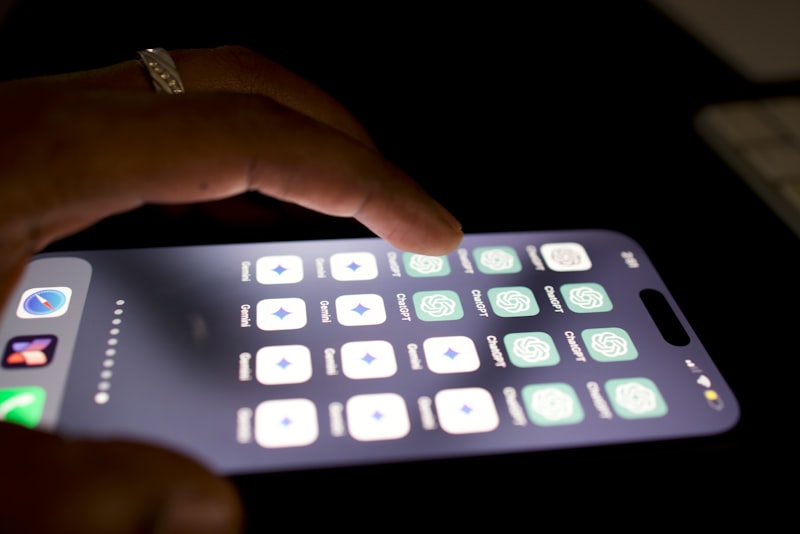
Are you ready to take the world of conversational AI by storm? Imagine having your own custom-built ChatGPT, tailored to meet your specific needs and requirements. In this DIY guide, we will walk you through the process of developing your very own ChatGPT, revolutionizing the way you interact with artificial intelligence.
Creating a custom ChatGPT can be an exciting and empowering journey. It allows you to have full control over the conversations your AI engages in, making it an invaluable tool for businesses, developers, and enthusiasts alike. So, let’s dive right in and explore the steps involved in developing your personalized ChatGPT.
Step 1: Understanding ChatGPT
Before embarking on your DIY project, it’s crucial to familiarize yourself with ChatGPT. This advanced language model developed by OpenAI is trained on a vast amount of data, enabling it to generate human-like responses to text prompts. Its ability to understand context, provide informative answers, and engage in meaningful conversations sets it apart from traditional chatbots.
Step 2: Defining Your Objectives
To start building your custom ChatGPT, clearly define your objectives. What purpose will your AI serve? Will it assist customers, provide information, or handle specific tasks? By outlining your objectives, you’ll create a roadmap for development and ensure your ChatGPT aligns with your goals.
Step 3: Collecting Training Data
Training data fuels the intelligence of your ChatGPT. Gather relevant datasets that match your objectives. These datasets should include conversations, text prompts, and any other relevant information. Quality training data is essential for shaping your ChatGPT’s responses and enhancing its conversational abilities.
Step 4: Training Your Model
Leverage powerful machine learning tools and techniques to train your ChatGPT model. OpenAI offers resources like the GPT-3 model, which can be fine-tuned using your collected training data. Fine-tuning enables customization of the model to generate responses that align with your desired conversational style and tone.
Step 5: Testing and Iteration
Once your ChatGPT is trained, it’s time for testing and iteration. Interact with your AI, engage in conversations, and evaluate its performance. Identify areas for improvement and iterate on your model by incorporating feedback and refining its responses. This iterative process is crucial for enhancing the quality and effectiveness of your ChatGPT.
By following these DIY steps, you can revolutionize your conversational AI experience and develop your very own custom ChatGPT. Unlock the full potential of artificial intelligence by shaping it to suit your needs and objectives. Start your journey today and witness the power of personalized, intelligent conversations with ChatGPT!
Harnessing AI Potential: Empower Yourself by Training Your Personalized Chatbot
Are you tired of spending countless hours responding to customer queries? Do you wish there was a way to provide instant support while focusing on other important tasks? Look no further! With the power of Artificial Intelligence (AI), you can empower yourself by training your very own personalized chatbot.
AI has revolutionized the way we interact with technology. It enables machines to understand and respond to human language, making chatbots an invaluable asset for businesses and individuals alike. By harnessing the potential of AI, you can create a chatbot that not only understands your customers’ needs but also provides them with accurate and timely information.
Training your personalized chatbot is a straightforward process. Firstly, you need to define the purpose and scope of your chatbot. Are you aiming to offer customer support, provide product recommendations, or assist with general inquiries? Once you have a clear objective in mind, it’s time to gather relevant data and knowledge.
The next step is to select a robust AI platform that offers chatbot development and training capabilities. There are several options available, each with its own unique features and interfaces. Choose a platform that aligns with your requirements and provides an intuitive user experience.
Now comes the exciting part – training your chatbot. This involves feeding it with relevant data and teaching it how to respond to different queries. By analyzing patterns and using natural language processing algorithms, your chatbot can learn and improve over time. Remember to review and update your chatbot’s responses regularly to ensure its accuracy and relevance.
One of the key advantages of training your own chatbot is the ability to personalize its interactions. You can infuse your brand’s voice and tone into the chatbot’s responses, creating a consistent and memorable customer experience. Tailor the chatbot’s language style to match your target audience, whether it’s formal, casual, or professional.
Imagine the possibilities! Your chatbot can handle multiple conversations simultaneously, providing instant support to customers around the clock. It can offer personalized recommendations based on user preferences and previous interactions, enhancing customer satisfaction and loyalty. With your chatbot taking care of routine inquiries, you’ll have more time to focus on strategic decision-making and growing your business.

Unlocking the potential of AI by training your personalized chatbot is a game-changer in today’s fast-paced digital world. By investing time and effort into developing a well-trained chatbot, you can empower yourself and your business by delivering efficient and effective customer support. So why wait? Start harnessing the power of AI and watch your chatbot transform the way you engage with your customers.


